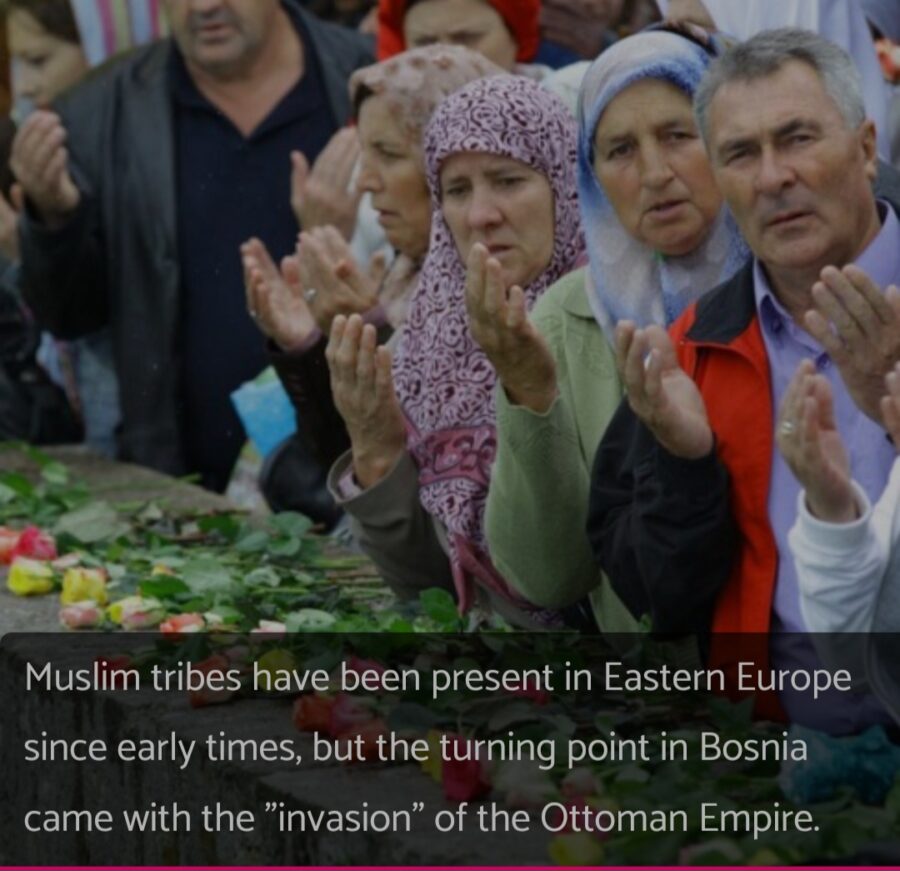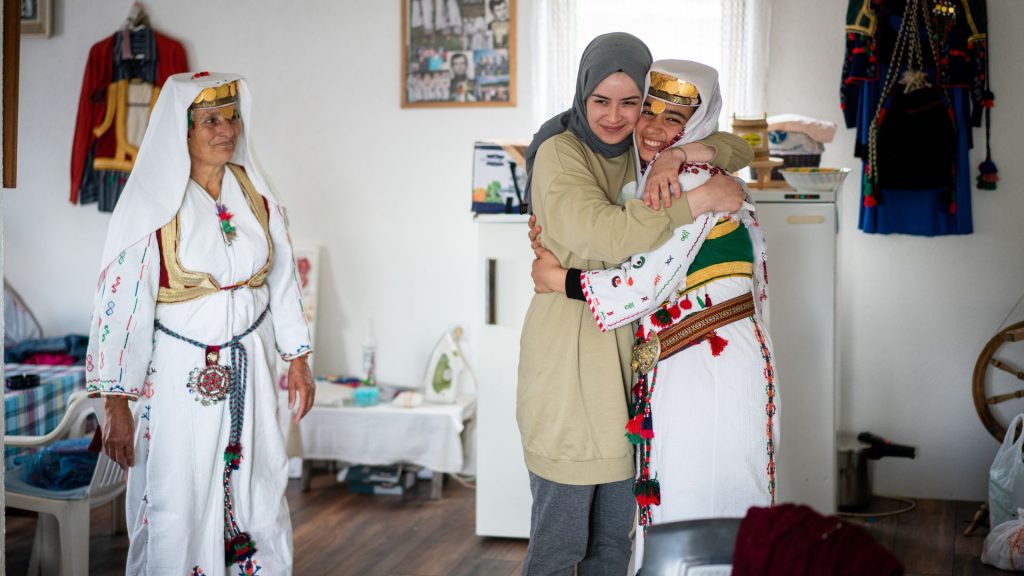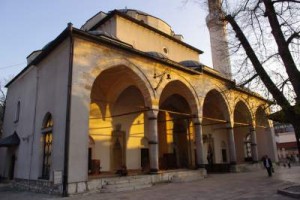
A Spotlight on Muslims in Eastern Europe
Hearing the word “European Muslims,” the first thing that usually comes to one’s mind is the Muslims of the West: immigrants with Muslim backgrounds or white Western converts.
But there is another side to Europe, which has much more to do with Islam than we would first think.
It is really important to dig into the history of Eastern Europe to discover its forgotten treasures of the past and the challenging present of our brothers and sisters living in Bosnia and Herzegovina.
Bosnia-Herzegovina is one of the most diverse countries of former Yugoslavia where Bosniaks (Bosnian Muslims), Serbs and Croats are living together more or less peacefully.
Bosnia covers the north and center of the country, with its name probably derived from “bosana,” an old Indo-European word meaning “water,” which Bosnia has no shortage of.
Muslim tribes have been present in Eastern Europe since early times, but the turning point in Bosnia came with the “invasion” of the Ottoman Empire, which lasted in the country for 400 years.
The southern region of ancient Hum was later named Herzegovina after the occupation of the Ottomans.
With the diversity of nationalities comes the maelstrom of religions too.
Today, of the 4 million inhabitants, 40% are Muslims, 31% are Orthodox Christians, 15% are Roman Catholic, and 14% are others, including Jews who arrived in the late 15th century after being expelled from Spain.
Prosperity Under the Ottoman Rule
The word “invasion” is usually coupled with negative impacts; however, in the situation of Bosnia, the Ottoman occupation proved the contrary.
From 1463 to 1878, Bosnia and Herzegovina experienced a prolonged period of general welfare and prosperity.
The Ottomans allowed for the preservation of Bosnia’s identity; moreover, the country was an integral province of the empire with its historical name and territorial integrity.
During the 16th century, the economic and cultural life rapidly developed; so much so that the capital city of Sarajevo today is one of the few European cities that has had a water supply system for more than 400 years.
Contrary to what we might study at Western schools, the Ottoman Empire did not force people to convert to Islam; tolerance of other religious creeds was actually one of the distinctive features of Ottoman rule.
Eventually, the local Slavic-speaking Muslim community grew into the largest ethno-religious group in the country, accounting for 67% of the population in the early 1600s.
The Ottomans were followed by the Austro-Hungarian Empire in the late 17th century, which swept away ideas about a multi-faith Bosnian nation by seeding waves of nationalism, leading to the ominous event in Sarajevo, which eventually caused WW1.
Bosnia and Albania were the only parts of the Ottoman Empire in the Balkans where large numbers of people had converted to Islam and remained there after independence in 1992.

But that independence was dearly paid for. In the Yugoslav civil war (1991-1999), the three-year Bosnian war was one of the bloodiest parts, in which 97,000 people lost their lives, mainly by the Serbian army. 83% of the victims were Muslims.
Bosnian Muslims’ Memories
This led to a lack of food supplies, which could only be provided by airplanes dropping food to the people below or by the help of the Croatian church.
Neila Muratovic and her mother lived in a Muslim-majority small town in Bosnia during the war. She says it felt safe inside, unlike the city of Srebrenica, for instance, where the Serbian army massacred 8,000 Muslim men in 1995.
The Serbs surrounded Neila’s area, which made it impossible to leave or approach the city.
“No one thought this could ever happen,” Neila says. “We, the average people, lived in peace with Serbs and Croats before.”
Another sister, Maida Halilovic, adds that Serbs could not enter the village they lived in, but they sent special helicopters instead to bombard their homes. During the attack, her father would take her in his arms and go to the mountains to hide.
Almost 15 years after the war, things are getting better; young people are less familiar with what happened in the past, but hatred towards Muslims has not disappeared completely from many areas in the country.
Nevertheless, Neila proudly wears the hijab, unlike many other Muslim girls, particularly in Sarajevo. Neila reflects on being a Muslim in Bosnia:
“The communist ideology brainwashed the people, including Muslims. Therefore, today’s Bosniak community is quite mixed, with both religious, practicing Muslims and Muslims who are highly influenced by the Western European lifestyle.”
“However, we have Islamic studies as a subject in all schools, with the opportunity to learn the Arabic or Turkish language. We have Islamic high schools, and children are regularly brought to the mosque.”
“Sad, but I feel here in Germany, where I currently live, that I see more women with hijab than in my home country, let alone niqab, which you barely see there.”

Islamic Historical Sites
Gazi Husrev-beg Mosque (Begova Dzamija)
It is considered to be the most important Islamic structure in the country; the mosque is the largest and most visited Islamic building in the Balkan region and was originally built by the Ottomans in 1531.
The main architect and financier of the mosque, Gazi Husrev-beg, wrote in his memoirs:
“I built the mosques, the bridges, and the inns for travelers, and my vakuf (charity) is the finest that will ever be known. They will say, in the time to come, that Gazi Husref-Beg turned Sarajevo village into Sarajevo town.”
During the Bosnian war, the mosque was heavily damaged, but in 1996 it was renovated with Saudi and Syrian help, which architects claim caused it to lose its unique features. The interior was decorated intricately with complex colors; however, today most walls are purely white.
Old Bridge (Stari Most):
The bridge, which stands in the city of Mostar crossing the river Neretva, is one of the country’s most recognisable landmarks and also considered one of the most outstanding pieces of Islamic architecture in the area.

The original bridge was built by Ottoman Sultan Suleiman I. in the 16th century (1567).
During the war, the bridge was deliberately destroyed, but with the help of UNESCO and other additional funding, it was reconstructed in 2004 as a World Heritage site.
Ferhat Pasha Mosque:
Situated in the city of Banja Luka, the mosque is one of the greatest examples of the 16th-century classical architecture.

Though it was one of the 16 buildings in the city destroyed during the Bosnian War in 1993 by the Serbian Republic, it is currently being rebuilt.
The article is from the archives and was originally published at Sisters Magazine.
SOURCE: https://aboutislam.net/family-life/culture/spotlight-muslims-eastern-europe/

